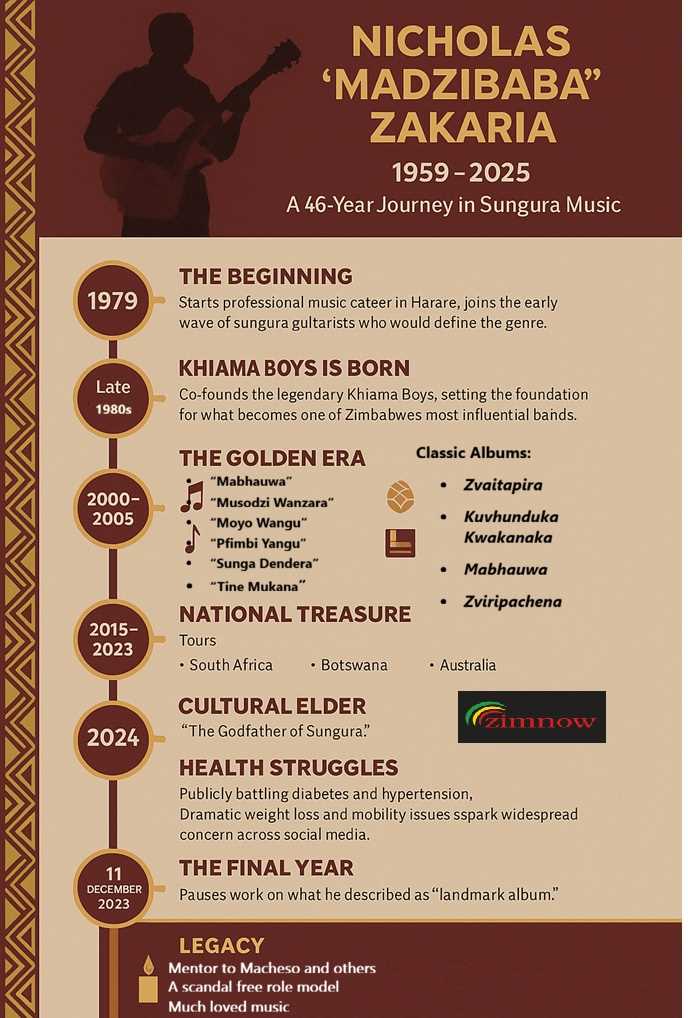
Audrey Galawu
Assistant Editor
An analysis of Zimbabwe’s economic competitiveness reveals significant challenges, particularly within the manufacturing sector.
Although some sectors, such as mining, agriculture, financial services, and ICT, have experienced positive growth, the manufacturing sector is struggling to maintain its relevance and contribution to real GDP.
According to the National Competitiveness Commission, one of the most significant competitiveness challenges facing the country's manufacturing sector is its low capacity utilisation rate.
The reduction in manufacturing output has had ripple effects, decreasing the availability of locally produced goods and weakening the overall competitiveness of Zimbabwean products in the market.
"There is need to prioritise the idle capacity to lower production costs and improve through targeted invention in new technology and processes.
“This high level of underutilised capacity drives up production costs, as firms are unable to achieve economies of scale. As a result, Zimbabwean manufacturers are operating at a competitive disadvantage compared to their regional counterparts, who are likely operating at higher capacity levels, thereby enjoying lower per-unit costs.
Related Stories
"The low capacity utilisation and high production costs also mean that Zimbabwean manufacturers are ill-equipped to compete with firms in neighbouring countries," the NCC said.
In 2023, the manufacturing sector accounted for only 10.8% of GDP, down from 11.2% the previous year. In comparison, the wholesale and retail sector, despite its own slight decline, contributed a significant 18.8%, driven by the sale of both local and imported goods.
According to the 2022 Confederation of Zimbabwe Industries, Manufacturing Sector Survey, the sector operated at an average capacity utilisation of 56.3% in 2022, which declined further to 53.2% in 2023. This means that nearly half (46.8%) of the industry’s production potential remains idle.
Regional manufacturers, operating at higher capacity levels and lower costs, are able to produce goods more efficiently, making Zimbabwean products less competitive both in price and quality.
The Commission also suggested the need for greater access to affordable credit and foreign currency which will enable local manufacturers to invest in technology expansion.
“Despite some improvements in capacity utilisation since 2019, investment in the sector remains limited. The availability of foreign currency through the auction system has enabled about 40% of firms to invest in new equipment or expand existing operations, boosting capacity by 29%.
“However, this progress has not been sufficient to counteract the structural inefficiencies that plague the sector."
High operating costs, unreliable infrastructure, and difficulty in accessing credit are among the barriers hindering more significant investment and growth in manufacturing.
"Without adequate investment in technology, innovation, and infrastructure, Zimbabwe's manufacturing firms will continue to struggle to compete on the regional and global stages,” the NCC noted.


















Leave Comments